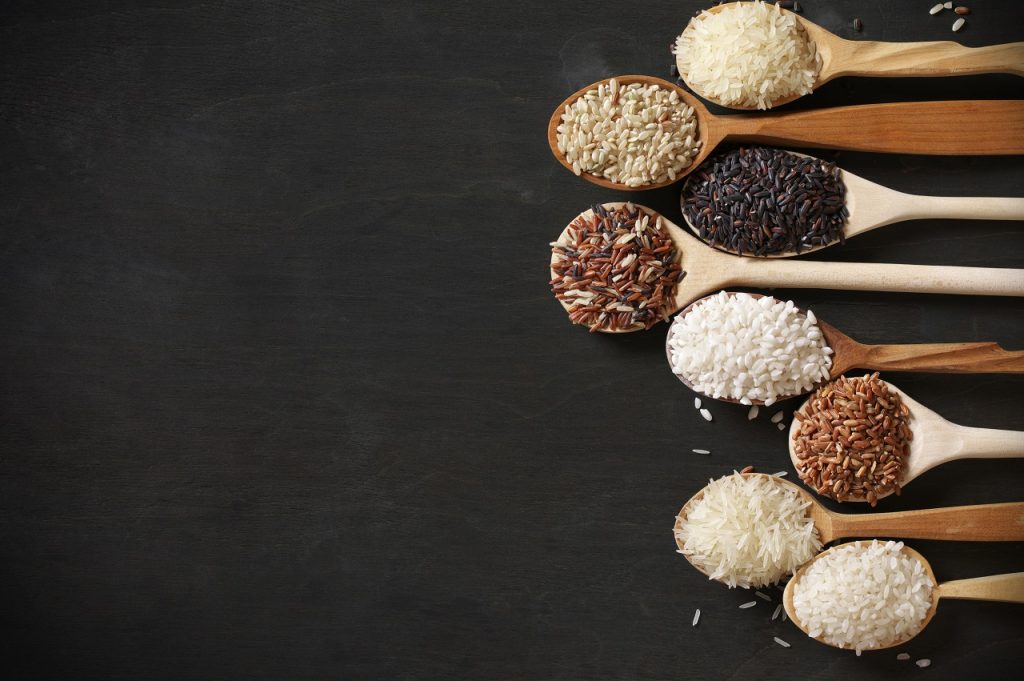 Overtraining, in essence, is performing excessive training which your body is unable to recover from – both in and outside the gym. The less severe versions of overtraining may take you a week to recover from. While most fitness experts will tell you that overtraining is worse than undertraining, some people still choose to push themselves which result in alarming physical and psychological effects.
Overtraining, in essence, is performing excessive training which your body is unable to recover from – both in and outside the gym. The less severe versions of overtraining may take you a week to recover from. While most fitness experts will tell you that overtraining is worse than undertraining, some people still choose to push themselves which result in alarming physical and psychological effects.
Signs That You’re Overtraining
Can you tell the difference between giving it your all and pushing yourself too hard? Here are some signs, symptoms and effects of overtraining you need to watch out for.
- Increased Heart Rate: Check for the elevated resting heart rate. A healthy resting heart rate range is 60-100bpm (beats per minute) and usually, the fitter you are, the lower your resting heart rate will be. If you’re overtraining, you may notice your resting heart rate will be 10-15 bpm higher than usual.
- 2. The Gaining or Losing Dilemma: This issue can be extremely problematic for people who gain weight unintentionally. The unexpected weight gain can lead to excessive workouts. The hormonal and inflammatory effects of overtraining can lead the body to lower thyroid function, crank out stress hormones, ramp up inflammatory cytokines, and create an overall environment that favours fat storage.
- Muscle Soreness: This is common when you exercise regularly. However, if you’re experiencing soreness for longer than 72hrs, you need a break as this could be a sign of overtraining. If you are aiming to build muscle, recovery is equally important. If your muscles aren’t recovering, it will have a negative impact on muscle gains and can also lead to muscle loss.
- Sleep Quality & Insomnia: Generally after a good workout at the gym, you may feel exhausted and fall asleep in no time. But you may notice that even after you have hit the gym and you are exhausted, you are still struggling to fall asleep. This can be linked to an overload on the hormonal and nervous system.
- Injuries: If you’re always getting injured or soreness which isn’t healing, then this could mean your body can’t cope with the pressure. Give it a break and take it slow. It’s absolutely vital to rest so that your body regains its strength.
The other signs and effects of overtraining may also include nausea, decreased appetite, allergic reactions, head colds/persistent upper respiratory tract infections, changes in menstrual patterns, decreased coordination and loss of strength.
How Can You Manage It Effectively?
Now that you’re aware of the effects, let’s take a look at how you can manage and take possible precautions!
- When you are weight training, ensure that you don’t exceed more than 45-75 minutes.
- The right nutrition is the key to recovery. Make sure you plan your meals to ensure you’re refuelling effectively and getting the right amount of nutrients in your diet with your Pre and Post workout meals. You may require expert advice on this. You can subscribe to GOQii to get personalized advice from a coach and an expert.
- Quality Sleep: Physical recovery happens between 10pm to 2am. So getting in some early nights in will aid your recovery.
- Heart rate devices are a great tool to measure recovery rates. Try these awesome GOQii Trackers.
- Plan Regular Rest Days: An excessively sore or weak muscle should be given adequate rest. A good rule of thumb is to wait for 48 hours before working the same muscle group. If that muscle group is still sore, you may need to wait even longer – sometimes up to 5 days.
- Avoid eating late, sugary foods (or other stimulants). Follow a healthy diet and plan regular rest days until you’re back into a regular sleeping pattern.
We hope this article helps you overcome all the hurdles to your training. Remember that giving it your best is okay but never overdo it. Do leave your thoughts in the comments below.
For more articles on training or for some effective and easy home workouts, check out Healthy Reads. To get into a proper training routine and not over-train, speak to an expert by subscribing for Personalised Health Coaching here.
#BeTheForce
 Can you imagine a plate of food without grains? It has been a staple for us since forever! There’s always that crushing sense of dissatisfaction if grain-based foods are missing from our plates even for a single day. As a large component of our diet for the longest time, why is it that most people are now moving towards a ‘no grains’ diet or keeping it to a minimum? One of the reasons people avoid grains is due to digestive issues – common ones being acid reflux, bloating, gas, abdominal cramps, flatulence, etc.
Can you imagine a plate of food without grains? It has been a staple for us since forever! There’s always that crushing sense of dissatisfaction if grain-based foods are missing from our plates even for a single day. As a large component of our diet for the longest time, why is it that most people are now moving towards a ‘no grains’ diet or keeping it to a minimum? One of the reasons people avoid grains is due to digestive issues – common ones being acid reflux, bloating, gas, abdominal cramps, flatulence, etc. Ever felt that burning sensation in your chest after a big meal or when you eat after a long gap? That feeling is known as acid reflux. Acid reflux is a condition where the acid content of the stomach flows up to the esophagus and pushes the food out from the mouth.
Ever felt that burning sensation in your chest after a big meal or when you eat after a long gap? That feeling is known as acid reflux. Acid reflux is a condition where the acid content of the stomach flows up to the esophagus and pushes the food out from the mouth.


